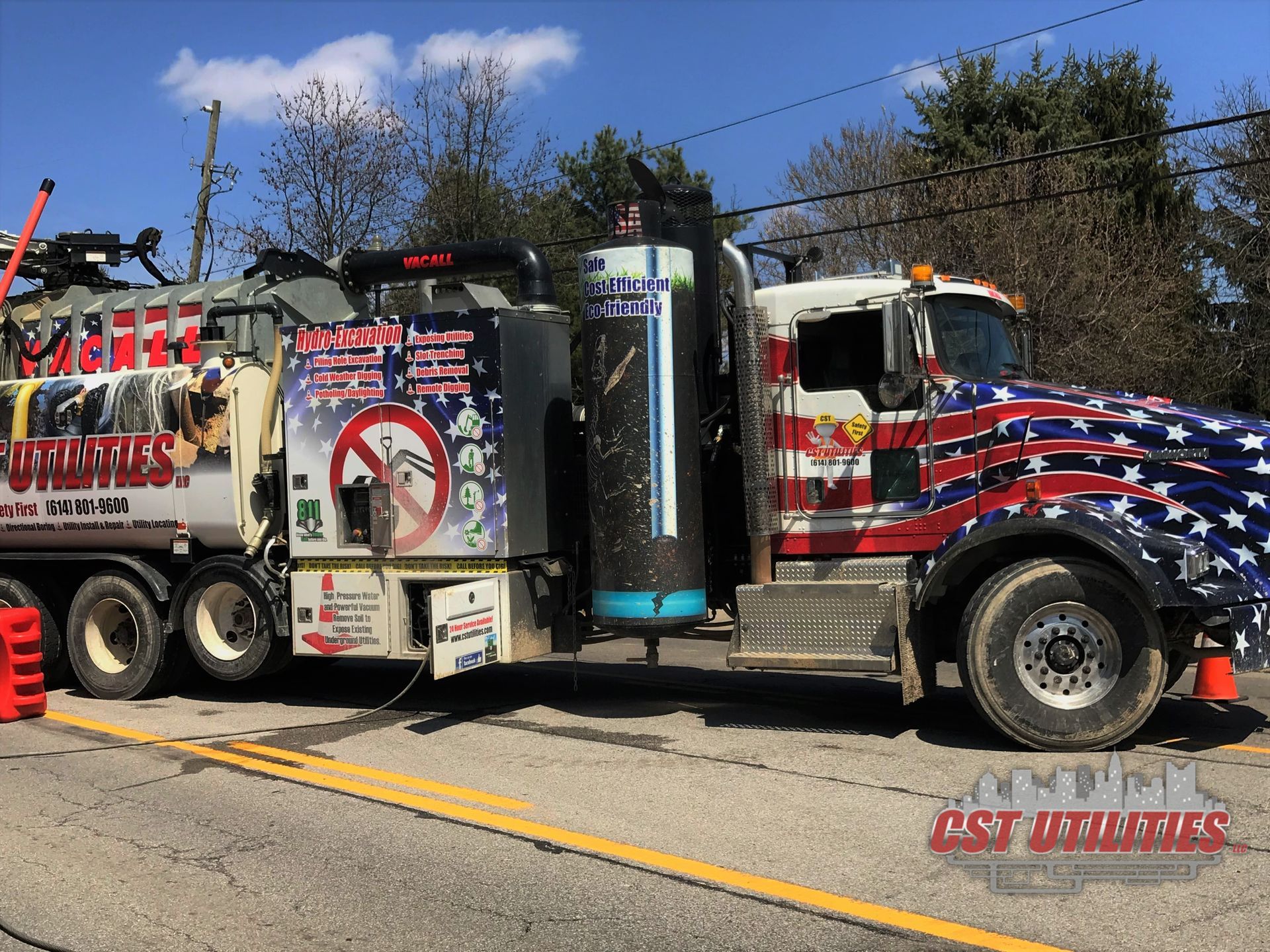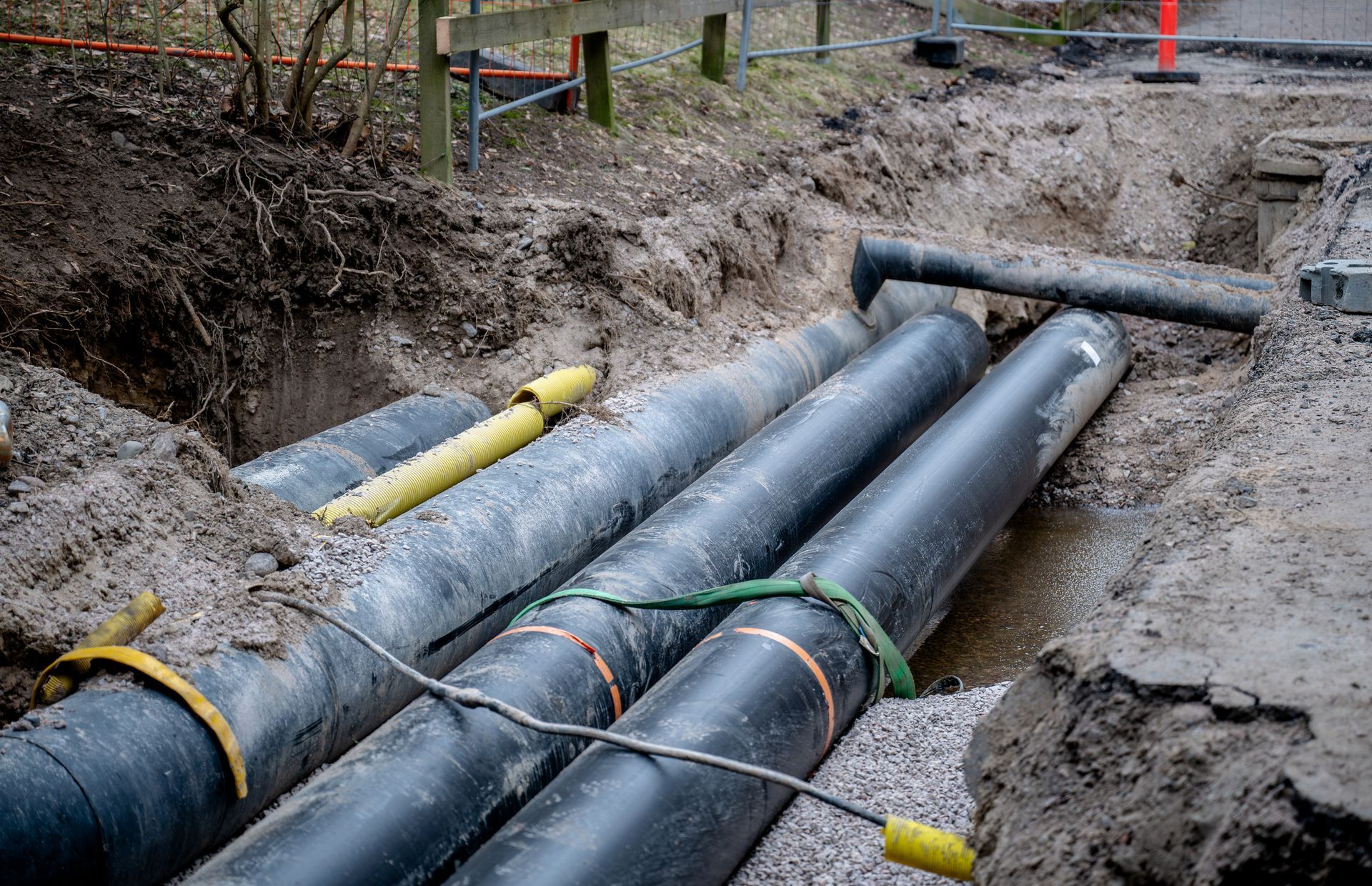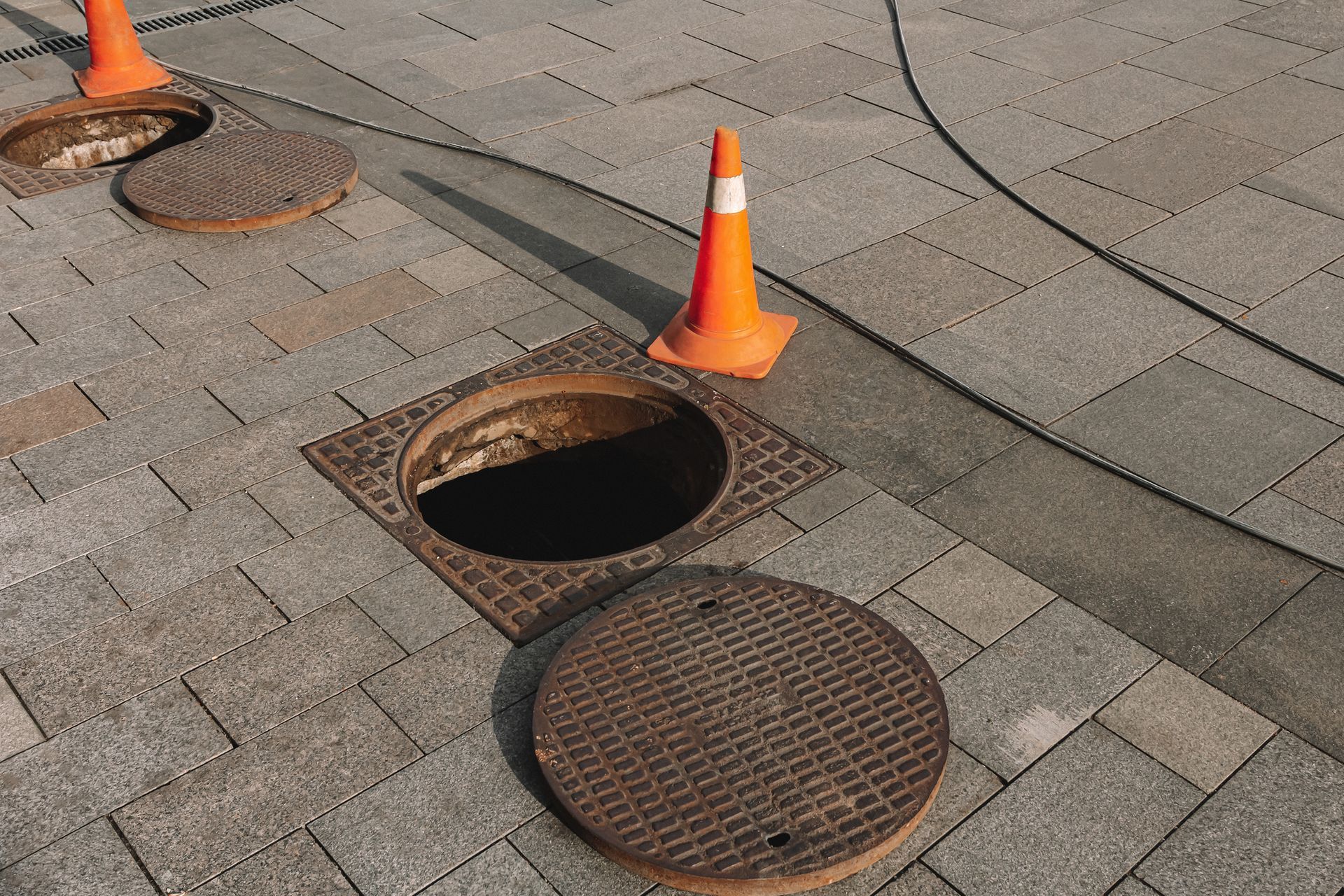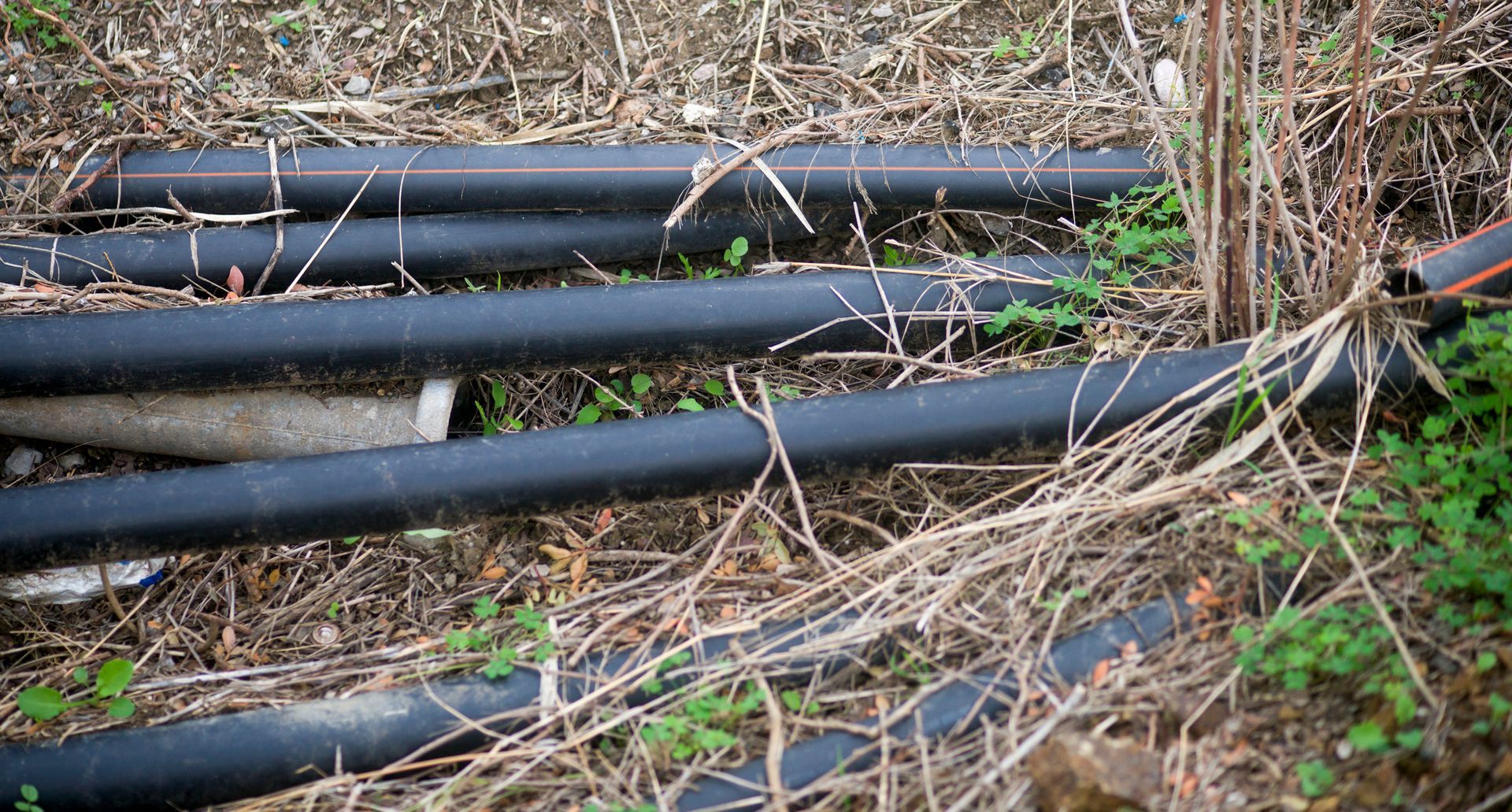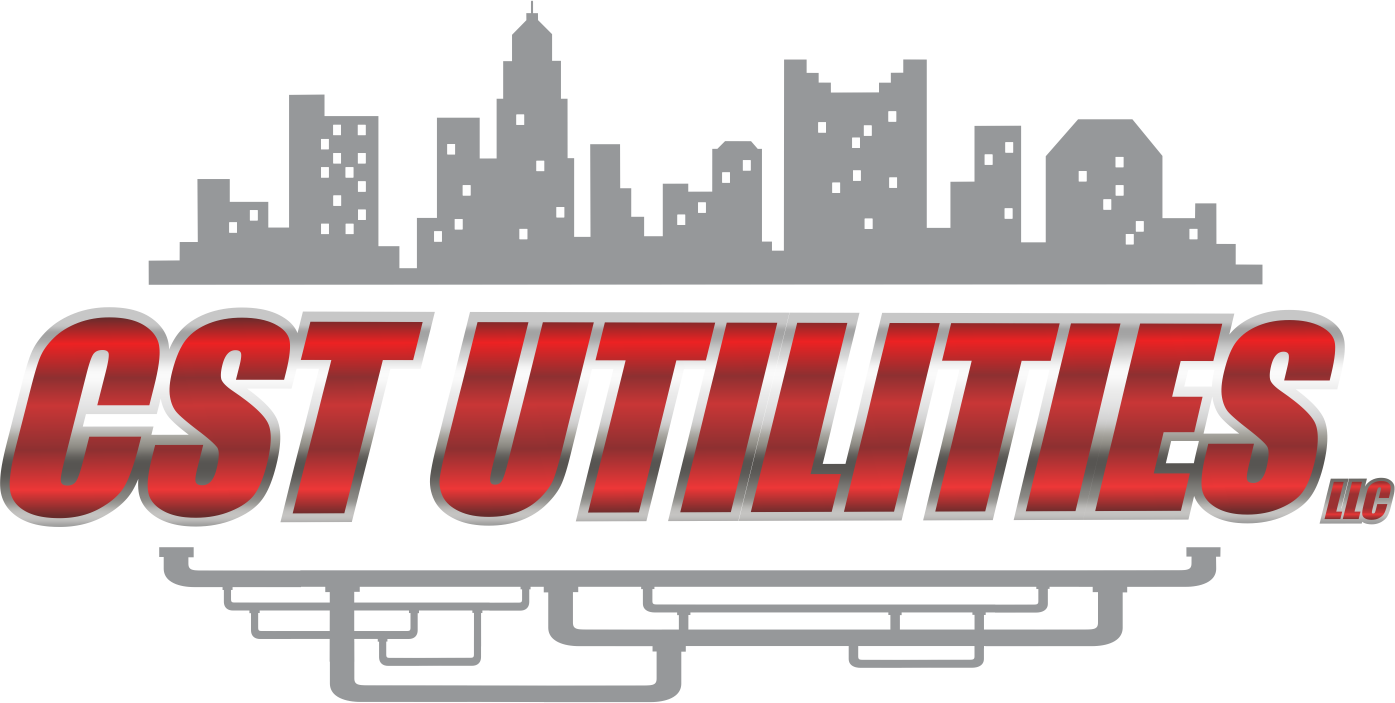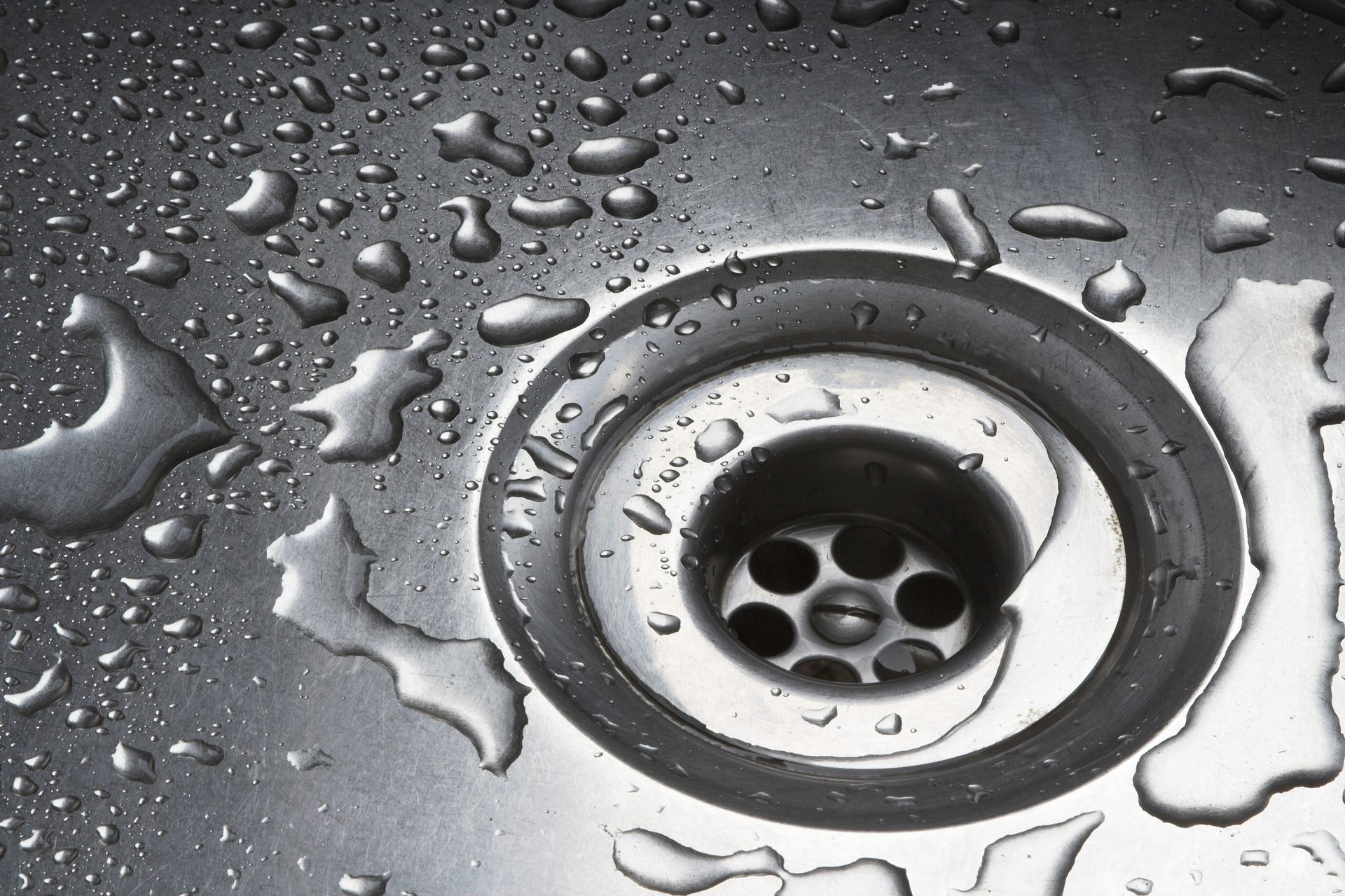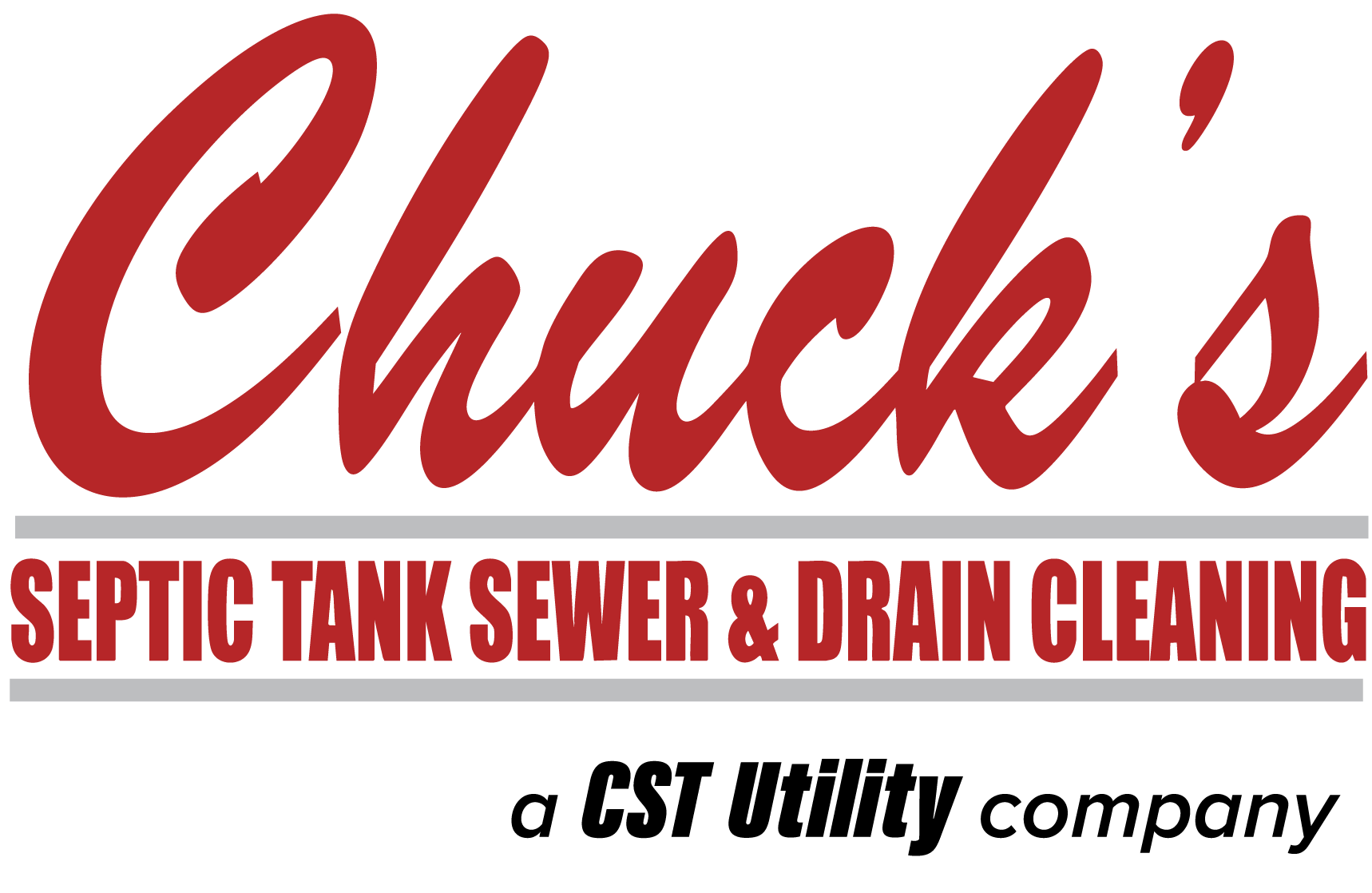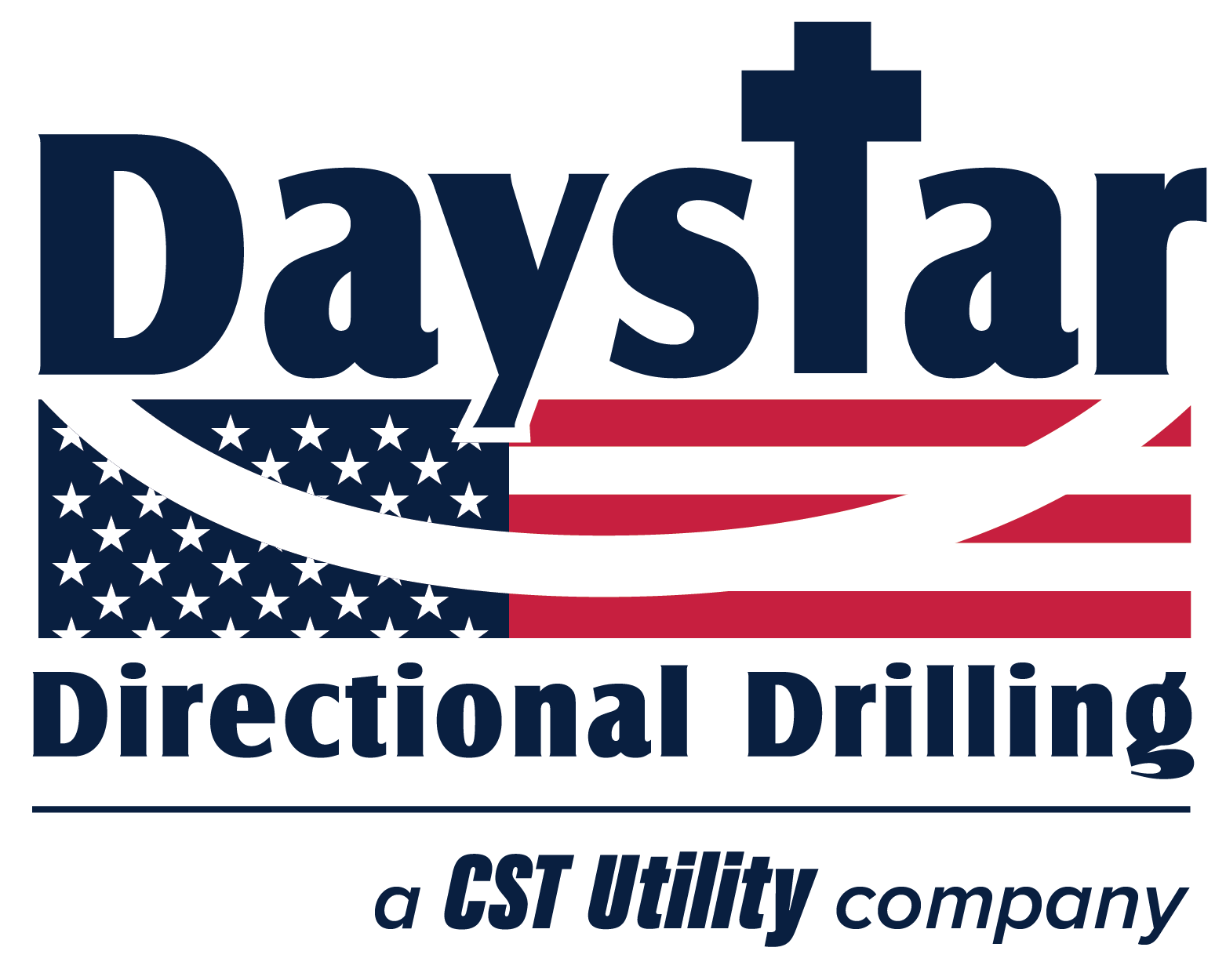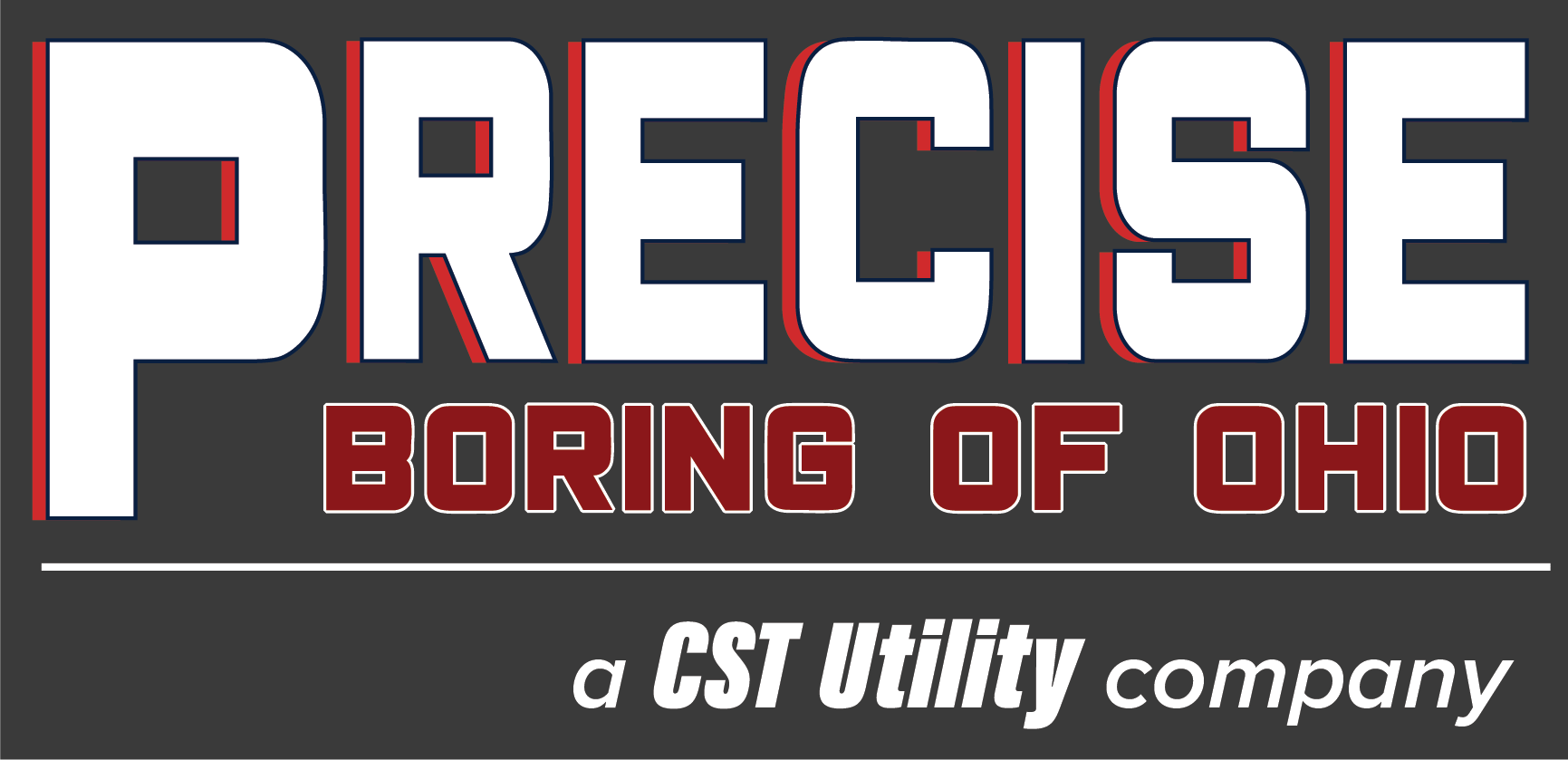We’re Growing! CST Welcomes a New Partner Company in Indiana
We’re Growing! CST Welcomes a New Partner Company in Indiana
At CST Utilities, we believe growth should always serve a purpose—and today, we’re proud to share the next chapter in our journey.
We’ve officially welcomed Daystar Drilling, a well-established drilling company based in Noblesville, Indiana into the CST family of companies. This move strengthens our foundation and reflects our ongoing commitment to smart, strategic growth.
So, what does this mean?
In short: more stability, more strength—and the same trusted service.
Daystar Drilling will continue to operate under its own name, with the same leadership, teams, and services their customers rely on every day. CST’s role is simply that of a supportive parent company—offering behind-the-scenes backing while the Indiana team continues business as usual.
Why this matters
This acquisition allows CST to continue building for the future in a way that honors what’s already working. We’re not changing our services or how we show up for our customers—we’re just making sure we’re even better positioned to serve long-term needs across the region.
Whether you’re a long-time customer or new to CST, you can count on the same level of professionalism, responsiveness, and reliability we’ve always delivered.
What’s next?
Nothing changes for our customers or theirs—except the confidence of knowing that CST continues to grow with purpose.
We’re excited about what’s ahead and grateful for your continued trust and partnership!
Thanks for growing with us!
